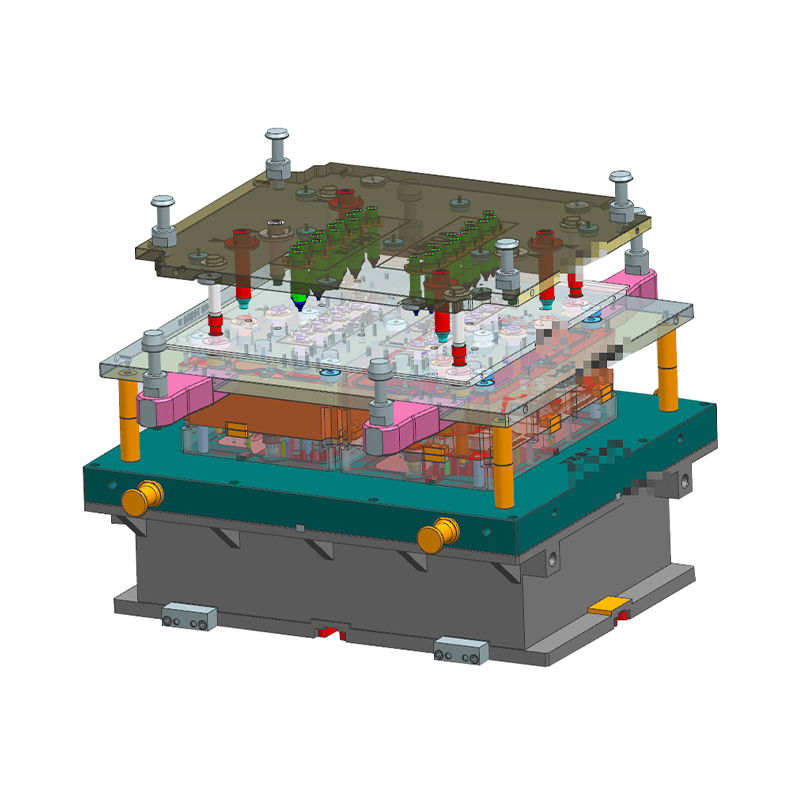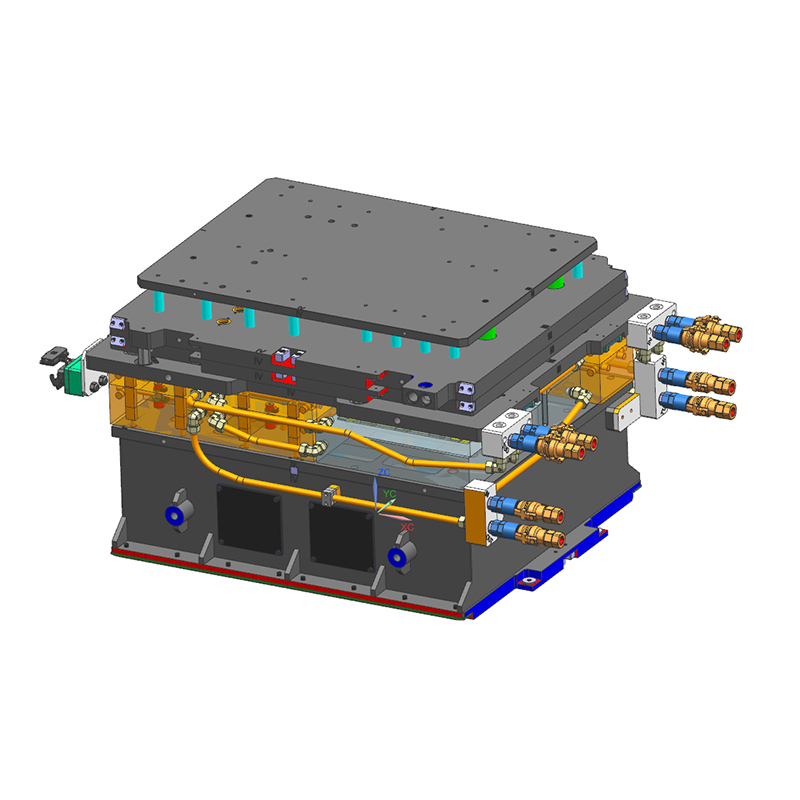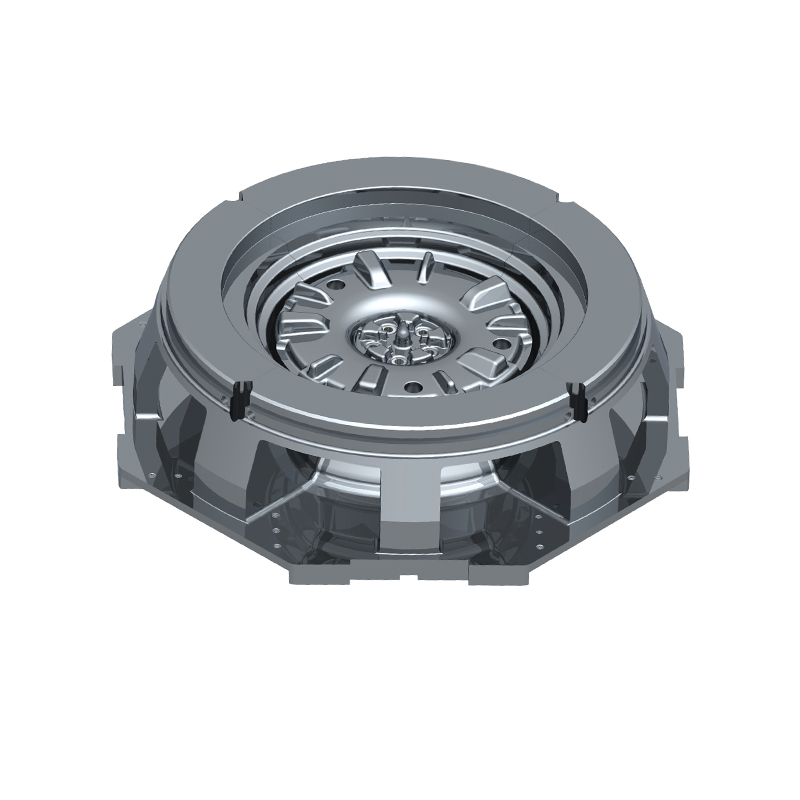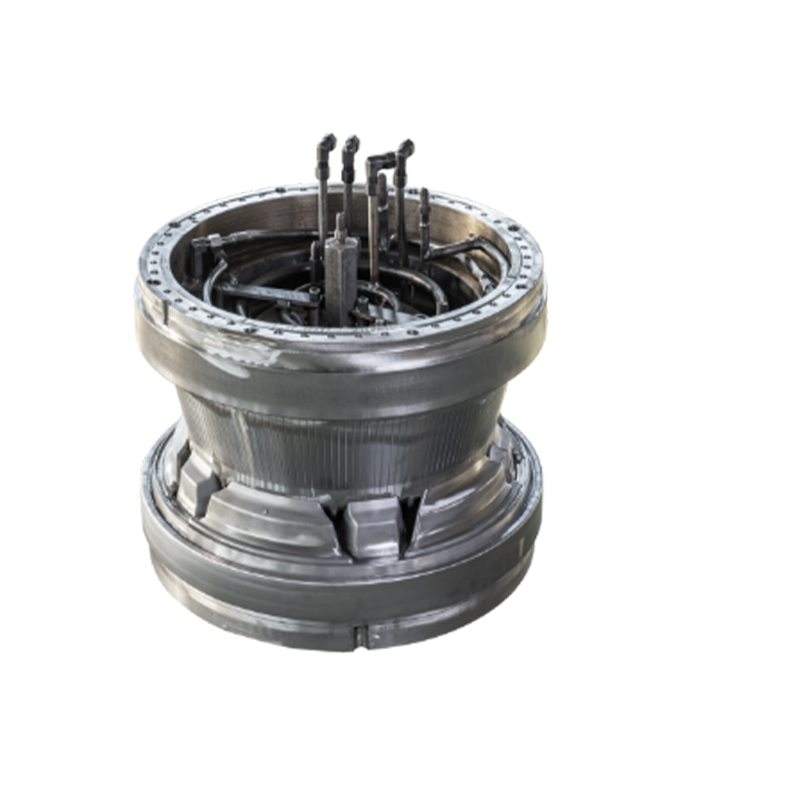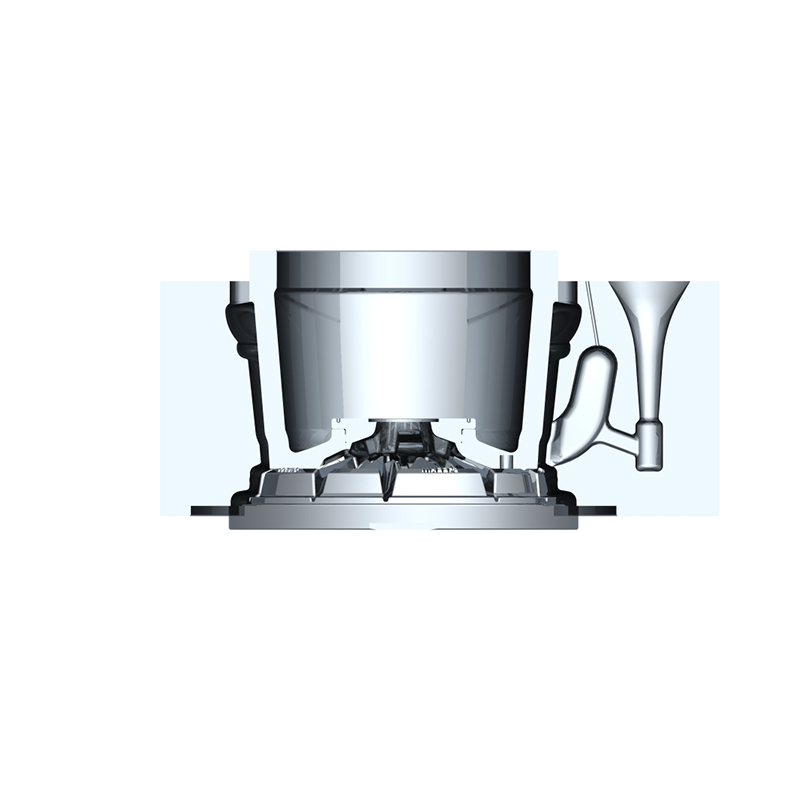We offer molds for diverse industries, including automotive, military, and construction, enabling global competitiveness through innovation and expertise.
Optimizing Structural Parts Casting Mold for Improved Durability
1. Introduction
The durability of Structural Parts Casting Mold is not only related to the final quality of castings, but also directly affects production efficiency and cost control. In the casting industry, molds are the core tools that connect design and product manufacturing. The quality of castings and the stability of production are directly determined by the performance of molds. Especially for complex and demanding castings such as structural parts, the durability of molds becomes particularly important. Frequent damage to molds not only causes production interruptions and increases maintenance costs, but may also lead to unstable product dimensions and defects. With the strict requirements of modern industry on product quality and delivery cycle, optimizing structural casting molds to improve their durability has become a key issue.
2. The impact of material selection on mold durability
Mold material is one of the basic factors affecting its service life. Traditionally, casting molds are mostly made of medium and high carbon steel and alloy steel, but these materials are prone to thermal fatigue and wear under high temperature and high pressure conditions. At present, more and more high-performance alloy steels such as H13 and H21 are used because of their high heat resistance and hardness. The use of surface coating technology (such as TiN, CrN, etc.) can significantly improve the wear resistance and oxidation resistance of the mold surface and extend the life of the mold. The thermal conductivity of the material should not be ignored. Good thermal conductivity helps to quickly dissipate heat, reduce thermal stress, and prevent cracks.
3. Design optimization strategy
Design optimization mainly improves the structural shape and functional layout of the mold. Avoiding stress concentration is the focus of design. The use of methods such as rounded corner transition and thickening of stress-bearing parts can reduce local stress and effectively prevent cracks from occurring and expanding. The design of the cooling system determines the thermal management effect of the mold. Reasonable arrangement of cooling channels and use of efficient cooling media can make the temperature inside the mold evenly distributed and reduce thermal stress and thermal fatigue damage. Improve mold rigidity, reduce deformation caused by pressure during casting by strengthening the support structure and reasonably selecting materials, and maintain the dimensional accuracy and casting quality of the mold.
4. Manufacturing process improvement
The manufacturing process directly affects the microstructure and surface properties of the mold. Reasonable control of heat treatment processes such as quenching and tempering can improve the hardness and toughness of the mold matrix and prevent the mold from failing early in high temperature and stress environments. Surface strengthening technologies include nitriding, carburizing and laser surface treatment, which can form a hardened layer on the mold surface, significantly enhance wear and corrosion resistance, and extend the effective service life of the mold. Precision machining technologies such as CNC milling and EDM can also ensure high precision of mold dimensions and the realization of complex shapes.
5. Simulation and testing
Modern mold design is inseparable from computer simulation technology. Finite element analysis (FEA) can simulate the stress distribution of molds under high temperature and high pressure environments, identify potential weaknesses and stress concentration areas, and thus guide design improvements. Flow simulation helps optimize the layout of cooling channels, improve heat exchange efficiency, and avoid local overheating. Through these simulation technologies, designers can predict the performance of molds before manufacturing, reduce the number of trial and error, and shorten the development cycle. At the same time, field testing combined with non-destructive testing (such as ultrasonic testing) ensures the structural integrity and durability of the mold.

 English
English 中文简体
中文简体